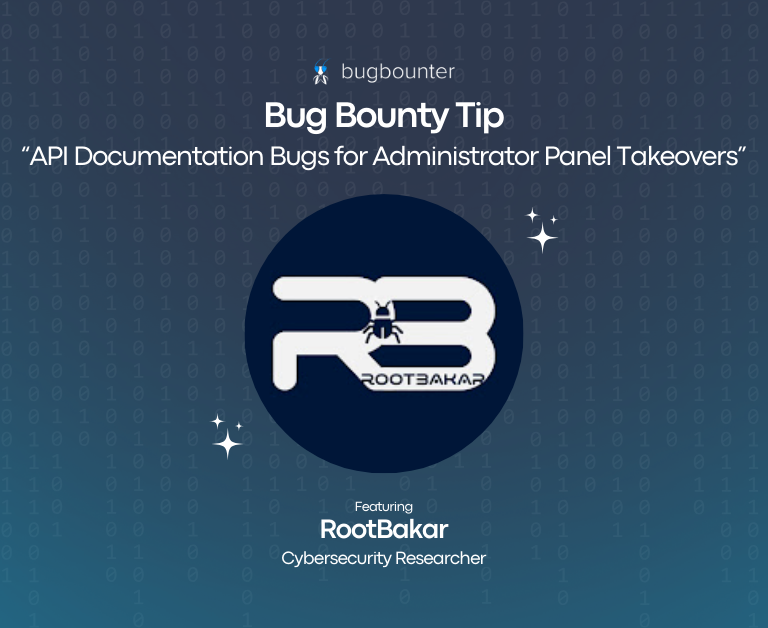Cyber resilience refers to an organization’s capacity to respond to and bounce back again from the effects of cyber attacks. Because traditional security measures are inadequate to guarantee sufficient cybersecurity, cyber resilience is crucial. The objective is to ensure that, following a cyber attack, the organization can do business as soon as possible. This blog will explain why it is essential for businesses to achieve cyber resilience and develop a solid cyber-resilience strategy.

How Can a Company Build a Strong Cyber Resilience?
In order to quickly respond to and recoup cyber threats, a business needs to develop cybersecurity awareness and resilience. Businesses face cyber risks. This is due to the increasingly complex and sophisticated techniques that target organizations. The rise of cyberattacks causes a massive need for ethical hacking on a global scale.
Identify your assets
For example, when interacting with a business, a retail customer expects a seamless experience in all areas. These consist of shopping, ordering, payment, assurance, and customer support. The same is valid for professional services like medical services and other advanced technologies. Business systems need to be highly interconnected to meet these expectations. Therefore, it’s crucial to understand how things relate to one another and which processes are vital. Leading companies like Amazon, Flipkart, and many other eCommerce companies use automated systems to keep track of all processes. That way, they can identify which assets or systems to isolate during a disruption.
Internet security and email filtering
According to reports, over 90% of attacks on organizations begin with a malicious email. Relying solely on built-in cybersecurity assets could expose your company to cyber criminals.
Malicious links and files are the main methods of introducing malware into organizations’ systems for hacking, password theft, and eventual access to vital systems. The first defense against cyber attacks related to email or web browsing is web and email filtering. Many potentially dangerous security breaches can be stopped at the outset. This is possible by incorporating email security and web filtering technologies.
Analyze and test backups
Consistently test and update the cyber-resilience policies governing mission-critical company assets and operations. According to modifications in company operations and the outcomes of exercises, update plans and procedures. Patch software and software applications whenever the latest changes or patches seem to be available.
Be sure to regularly update about the importance of senior management on the organization’s cyber defense. Backups must be reliable, secure, and accessible to guarantee business resilience. Regular testing, and detecting vulnerabilities in your systems to take precaution are vital procedures to ensure the data’s availability and integrity. Backups give the company more confidence in the data that has been backed up when tested. This is because mistakes or setbacks in the backup process can be detected and quickly fixed.
Make a recovery plan
How many interruptions can your business handle without compromising its ability to serve customers? A quick recovery time might be costly, but a relatively long one might result in an extended outage that is bad for business and business reputation. The best course of action for your business is to create or purchase recovery and backup solutions. These can let you keep updated backups. They must be easy to access and resistant to malware that destroys or corrupts backups. Each time your environment changes, or every three months, test your disaster recovery plan.
Your company can continue to operate with few interruptions with the aid of a well-tested, verified and repeatable response-and-recovery plan.
How Does Cyber Resilience Keep Companies Secure and Safeguard Their Data?
It aids you to be always be one step ahead
The best defense is prevention; advanced artificial intelligence and machine learning technologies are used to implement cyber resilience systems that can help detect suspicious activity before it becomes a serious threat. In addition to these techniques, publishing a bug bounty program on an outsourced platform can help the company strengthen their disaster recovery plan. Also by updating detection procedures, keeping an eye on logs, and becoming acquainted with typical data flows, you’ll be able to spot any irregularities right away. You should be able to assess a breach’s impact in addition to its presence with the proper monitoring.
You’ll be prepared for emergencies
As you strengthen your defenses, you’ll stop malicious hackers from erasing and destroying valuable data. Whenever it comes to safeguarding your data, there is no room for error.
You must continuously get the vulnerabilities in your systems detected, and update data protection measures to keep up with them and beat malicious hackers. By putting these cyber defense strategies into practice, you’ll be able to comprehend best practices and update plans frequently. Following a successful or unsuccessful attack, it will be simple to cope. It will make you prepared to make sure you are ready for the next response.
Other benefits:
A robust and reliable cyber resilience plan tailored to the needs of a business can assist you in recovering from hacking. One that is supported by a comprehensive plan and realistic risk assessments and has many advantages.
- Decreased financial losses and downtime
- Faster time for recovery
- Increased client loyalty and confidence
- Improved brand recognition
You must analyze your company, establish business goals, create a plan, and then update it as necessary to reap these benefits.





